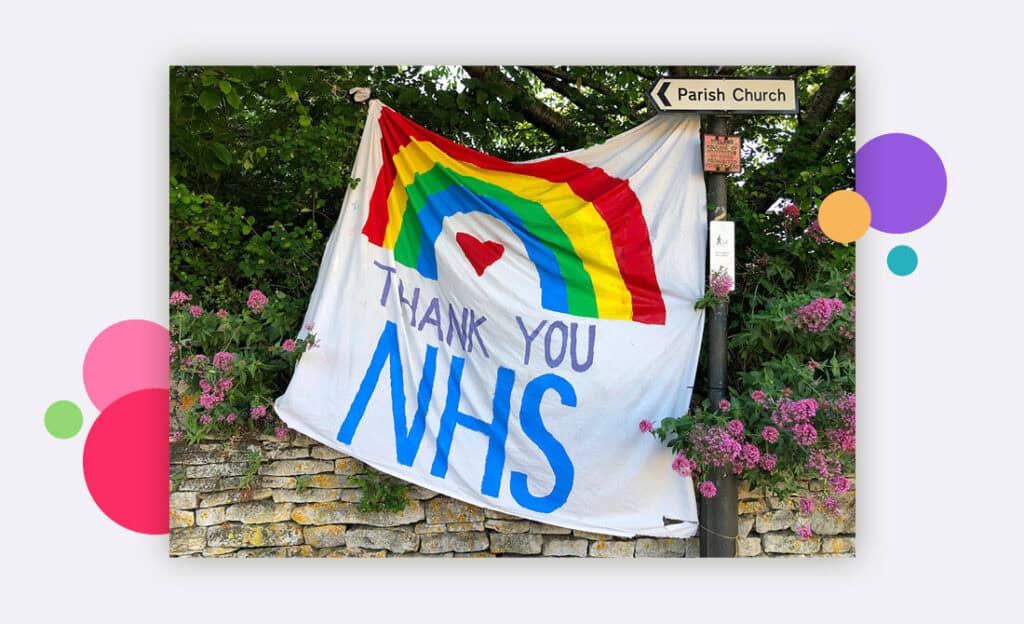
Lone working is taken very seriously by the NHS –and for good reason. In this article, we’ll discuss what lone working in the NHS is, how NHS management can protect lone workers, and what rights lone workers have. We will also talk about lone working protocols, risk assessments, and the effectiveness of lone working devices.
The NHS (comprising NHS England, NHS Scotland and NHS Wales) and the Health and Social Care in Northern Ireland, need little introduction. With a workforce of 1.5 million people, the National Health Service is not just the largest employer in the UK, it is the fifth-largest employer in the world.
The NHS is also a beloved institution within the UK, with nearly 80% of the public believing it to be ‘crucial to British society’, and in 2019 was voted the UK’s ‘most relevant brand’ (beating Spotify, Netflix and Apple). Of course, since the outbreak of COVID-19, NHS workers have been thrust even further into the spotlight as they have fought to keep up with a new pandemic, rising hospital admissions, and the rollout of a nationwide vaccine programme.
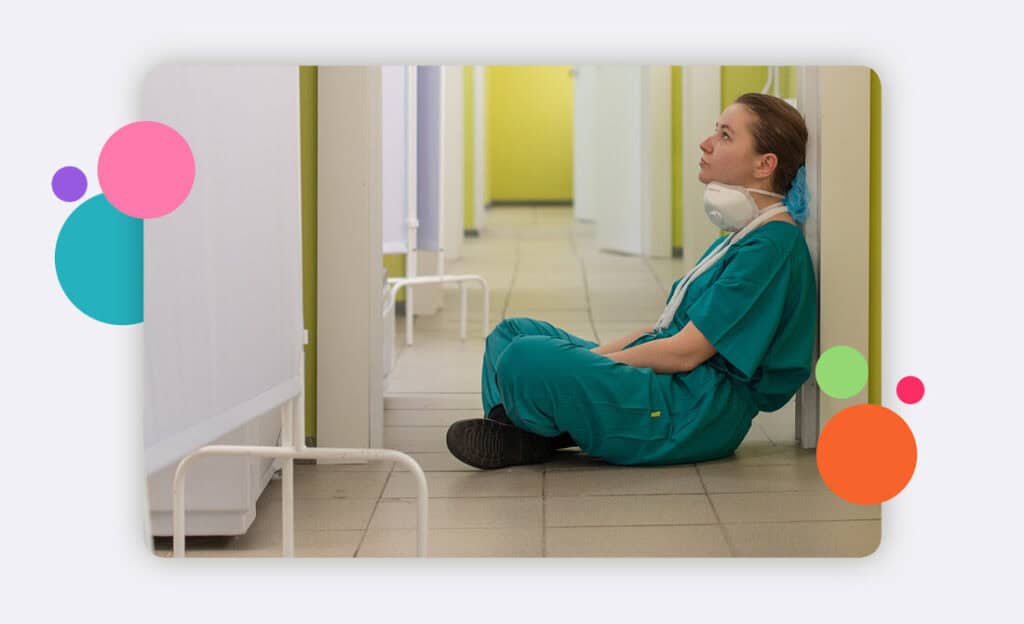
The national health services keep the UK healthy. Despite this (and, in many ways, because of it), healthcare workers themselves have one of the highest rates of work-related ill-health and injury in any sector.
Healthcare workers also experience a noticeably higher than average rate of workplace violence and, when it comes to the NHS specifically, around 15 percent of staff have reported being physically assaulted by patients over the previous 12 months. This rate is even higher for mental health and learning disability trusts and ambulance trusts (about 20% and 34% respectively).
The above statistics on workplace violence are particularly important when considering lone working as part of the NHS. The NHS has many legitimate reasons for its staff to be working alone but, according to the Health and Safety Executive, while ‘Lone working does not always mean a higher risk of violence’, ‘it does make workers more vulnerable’.
This means that the NHS’ high rate of lone working could exacerbate its relatively high rate of workplace injury.
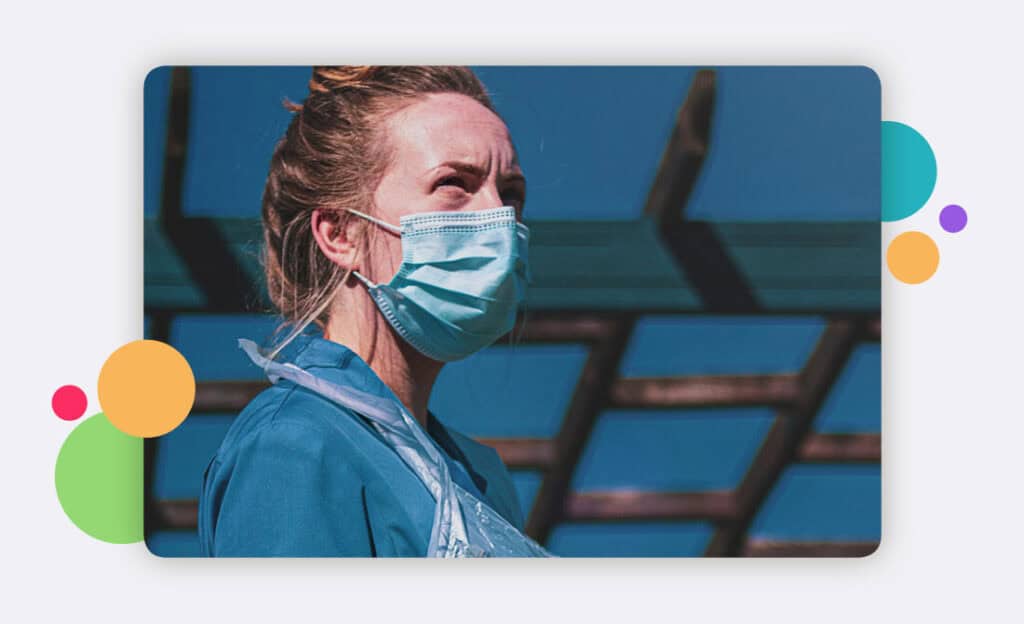
The NHS defines lone working as ‘any situation or location in which someone works without a colleague nearby; or when someone is working out of sight or earshot of another colleague.’
So how common is lone working in the NHS? Well, let’s take a look at the Birmingham and Solihull Mental Health NHS Trust (one of the UK’s largest mental health trusts).
Of the trust’s 1900 employees, most are deemed ‘potentially lone workers’ and around 1000 (over half) work within the community or make house calls. While not all trusts may experience such high rates of lone working, most NHS organisations should expect some lone working, some of the time.
Some examples of NHS workers who may work alone include:
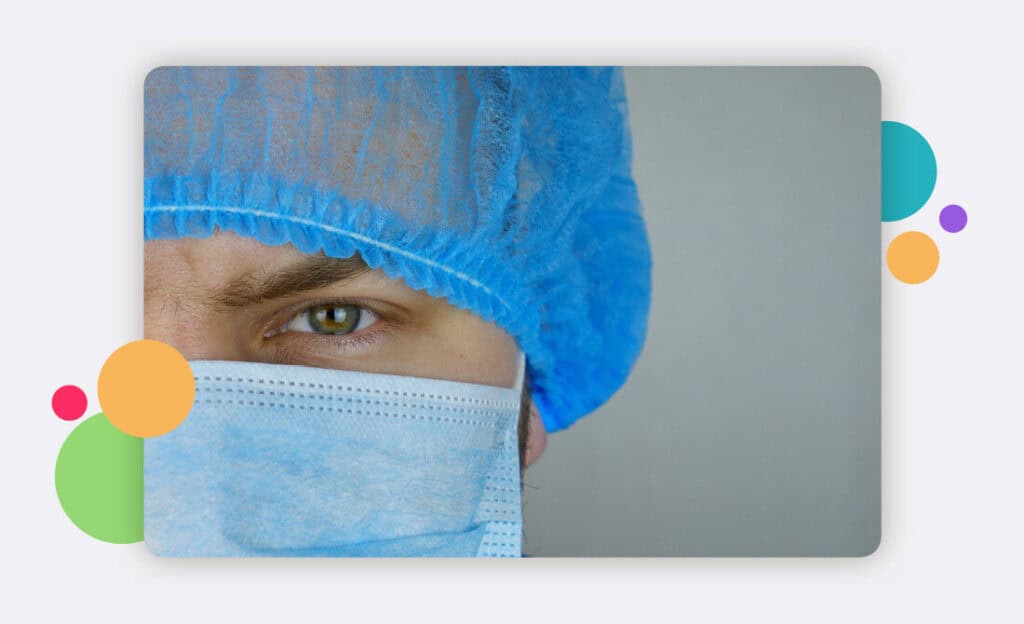
Working within the community, and particularly going into people’s homes, can increase the risk of any job role. For NHS workers, risks include:
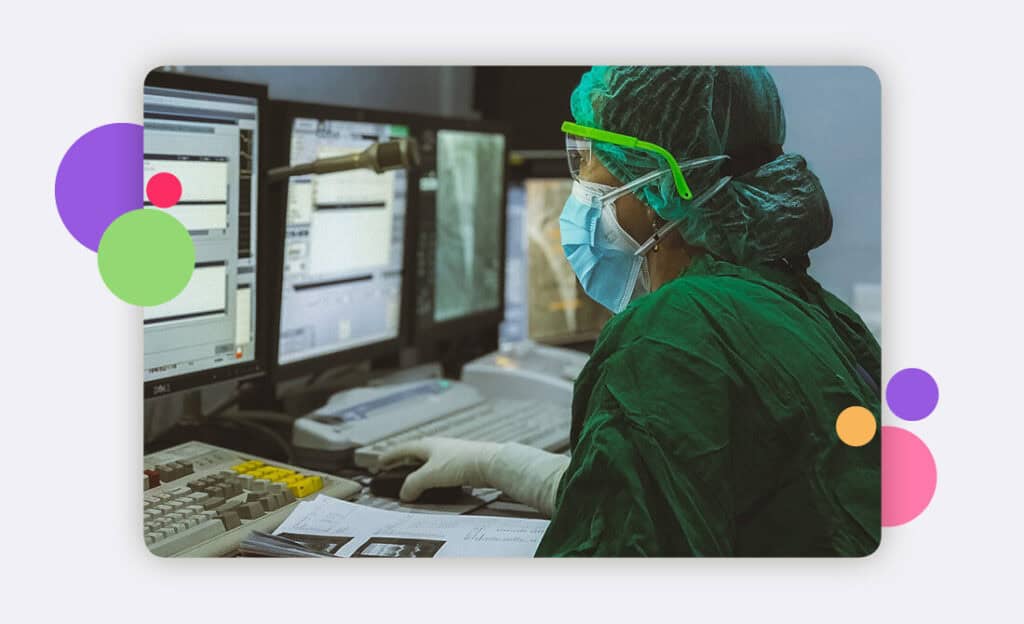
NHS trusts and organisations should have a detailed, written policy around lone working. It is important to make this policy easily available for staff and to keep it updated and relevant as situations change.
Some important aspects to consider when writing or updating an NHS lone working policy are:
Creating a risk assessment is an important part of any role, but it’s important to specifically assess and address the risks related to lone working. For help building a risk assessment, check out our free risk assessment generator.
A static risk assessment is unlikely to be sufficient for the ever-changing nature of working remotely, with the public or in people’s homes. Dynamic risk assessments, in comparison, build and grow with your team’s experience. Find out more here.
In line with your risk assessment, consider how lone working jobs can be made as safe as possible. Some steps that can be taken include: working with police or other professionals, working in teams, wearing plain clothes when working in the community and, staying in well-lit areas when travelling on foot.
In regards to lone worker safety, gathering and sharing information is crucial. All relevant bodies should have easy access to schedules, client information and lone worker movements.
NHS organisations need to have clear policies on how they monitor, supervise and communicate with their lone working staff. With this in mind, policymakers should decide how the use of lone working apps and devices can best serve their team. (More on that in our next section!).

The UK’s Health and Safety Executive encourages employers of lone workers to provide ‘adequate and reliable means of communication and a way to call for help’ which may include ‘devices designed to raise the alarm in an emergency which can be operated manually or automatically’.
If an NHS lone worker was to be injured or under threat (or they simply needed support), there are several ways they could call for help: through walkie-talkies, through a phone call or text, or through shouting out. Obviously, during a house visit, or other high-pressure situation, not all of these methods may be possible or desirable.
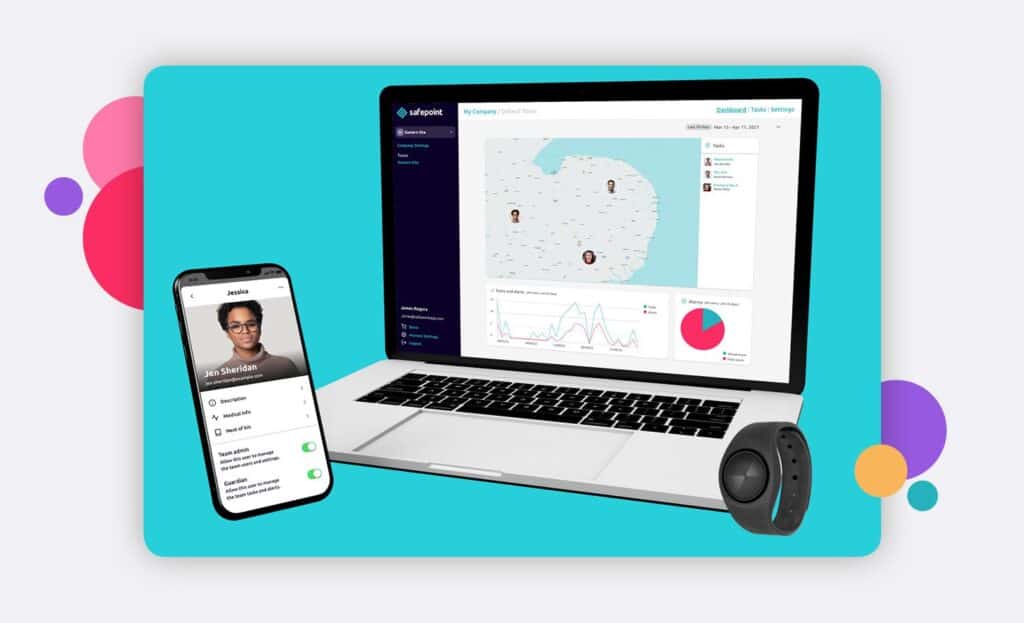
If you want to compare lone worker communication methods in detail, you can find out more in this helpful article but, overall, we think the best way is an automated system. Phone calls, texts and even walkie-talkies have certain benefits but they cannot help if a staff member is rendered unable to use them. They also offer little in the way of oversight, live tracking, or auditing.
In contrast to other methods of calling for help, ‘smart’ lone working solutions such as Safepoint can automatically flag if there is a potential problem. Safepoint uses a range of intelligent features to keep workers safe and connected. Some of those features include:
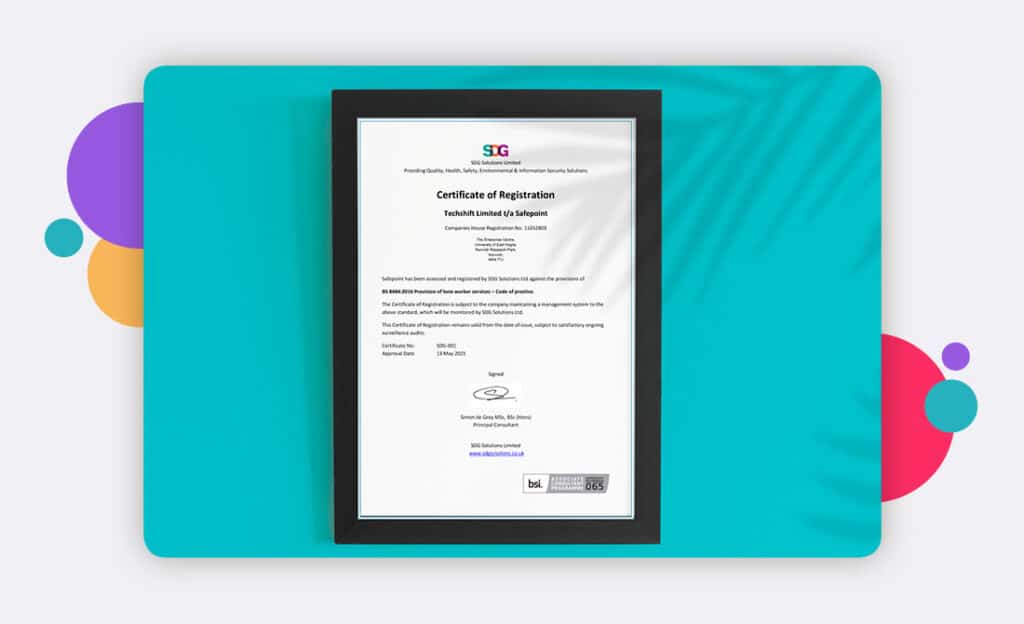
Since NHS England first supported the provision of 30,000 lone worker devices in 2009, there has been a huge demand for apps, devices and systems that keep their lone workers safe. Whilst it’s good that there is a wider variety of solutions these days, it has always been important to the NHS that any considered solutions meet the highest standards of accreditation and protection.
The highest standard for lone worker protection services is BS 8484. Set by the British Standard Institute in 2009 but updated in 2011 and 2016, BS 8484 certifies the quality of lone working solutions, Alarm Receiving Centres, and organisations that sell lone working solutions.
Our complete introduction to BS 8484 can be found here but, in essence, BS 8484 is important because it helps users know that they are being protected by a gold-standard organisation. To reach BS 8484 accreditation, companies must:
Those researching lone working solutions for NHS workers should also note that BS 8484 can either be self-accredited or externally audited. Safepoint is proud to say that its BS 8484 accreditation has been certified by a member of the BSI Partner Programme.
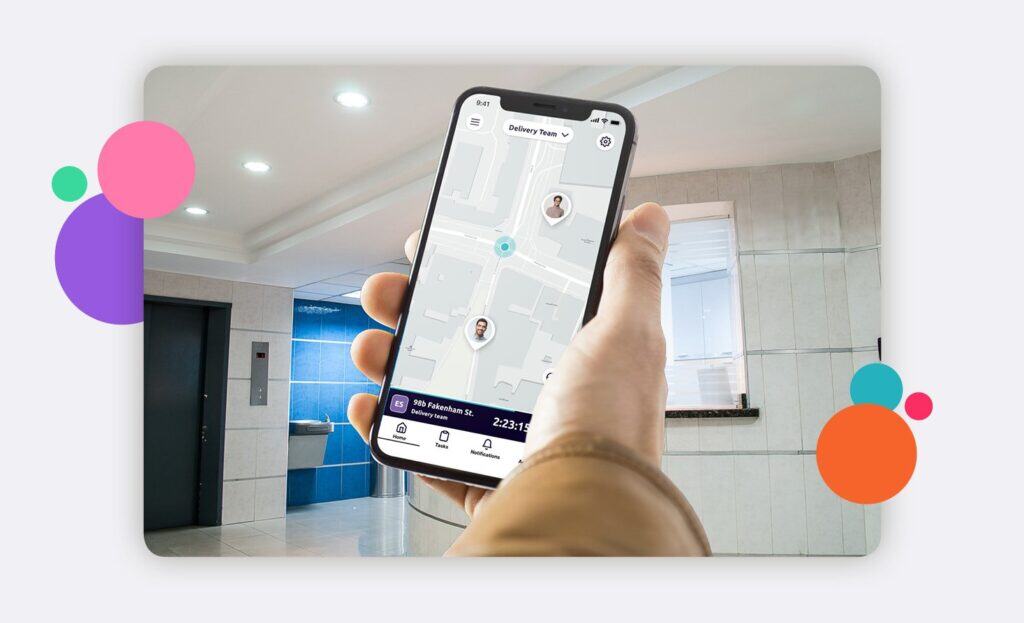
For more information on lone working in the NHS, and how you can protect your lone working NHS staff, why not book in a demo or get in touch with our friendly team?
We’re already protecting great brands, public institutions and healthcare providers.




Award-winning safety management tools and a fully accredited response team.